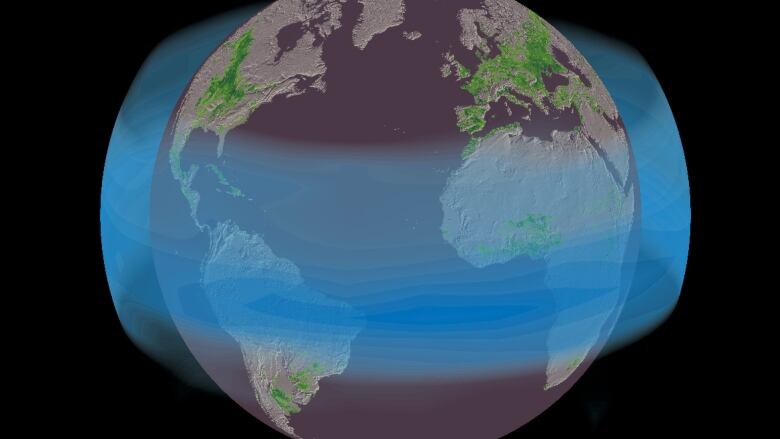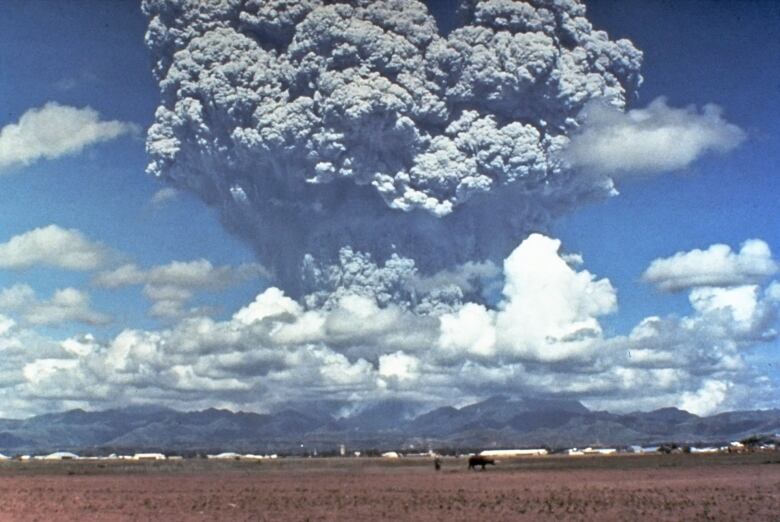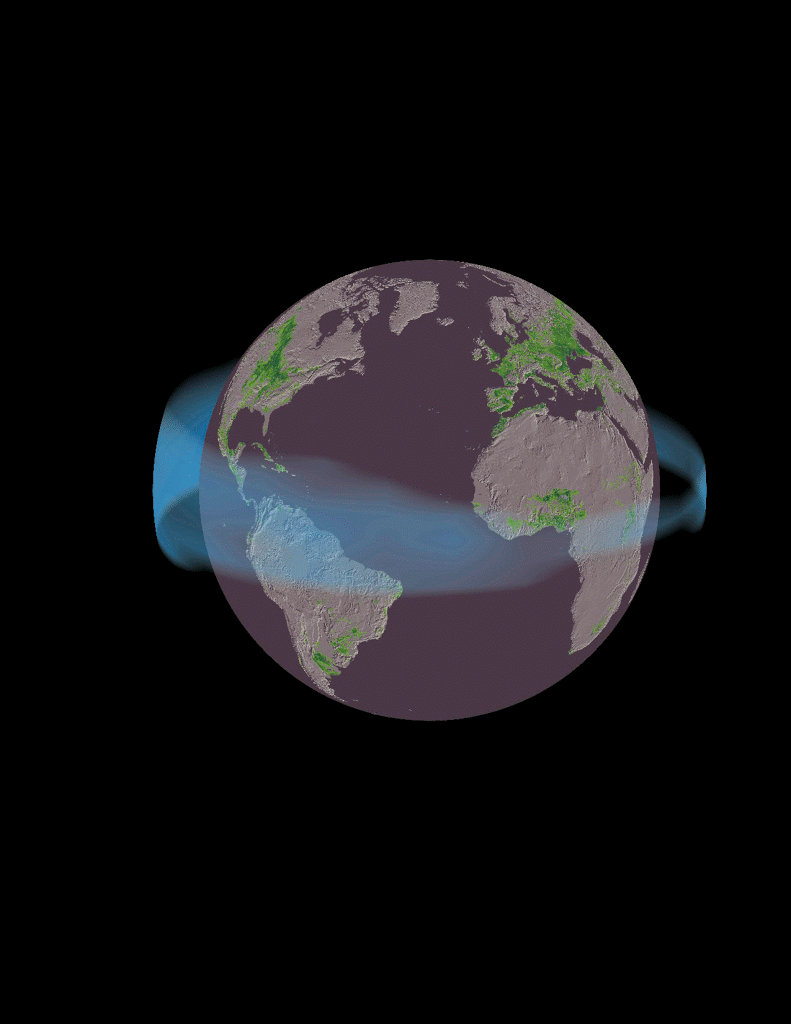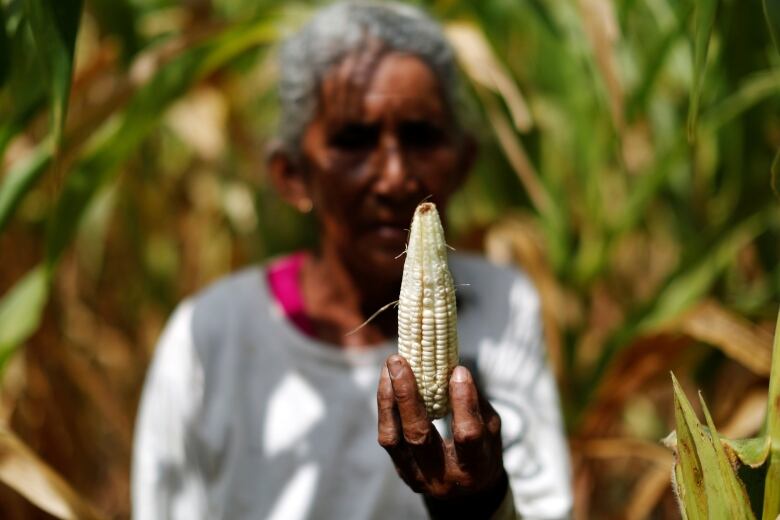Blocking sunlight to cool Earth may not save crops from climate change
Solar geoengineering may reduce heat stress, but less sunlight also takes its toll

Over the past month, stories of record-breaking heat, forest fires and floods have dominated the headlines. Climatologists say this is the new normal,a result of the continuing rise of Earth's temperature.
Aside from reducingCO2emissions, scientists have proposed geoengineering, the deliberate manipulation of the environment through technology, as a way to combat global warming.
One particular method is called solar radiation management, where various technologies are used to increase Earth'salbedo,orreflectivity.The more solar radiation goes back out into space, the cooler Earth gets. It's basically what the Arctic does for theplanet: the loss of bright white sea ice and snow that would typically reflect sunlight contributes to the rise in global temperatures.
But in a paper published in the journal Nature Wednesday, scientists say that one form of solar radiation management called stratospheric veils or stratospheric aerosol injection might not be the answer to global warming they've beenlooking for.
When a volcano erupts, it spews sulphur dioxidehigh into the atmosphere. The gasstays trapped in the stratosphere and causes more solar radiation to be reflected back into space, cooling the planet. That's how the idea of stratospheric aerosol injection was born.

The prevailing theory among scientists is that addingsulphur dioxide to the atmosphere would improve cropyields by reducing heat stress on plants as it reflected the sun's rays.
Instead, researchersfound that, while the reduction in heat stress was an added bonus as a result of the cooling, less sunlightresulted inlower crop yields.
Looking to the past
The research team looked at the aftermath of two major volcanic eruptions Mexico's ElChichonin 1982 and Mount Pinatubo inthe Philippinesin 1991 that pumped considerable amounts of sulphur dioxide into the atmosphere, 7 and 20 megatons of it, respectively.
The Mount Pinatubo event was the largest eruptionin the20thcentury andcooled Earth by 0.72 C in 1991. The cooling effect lasted roughly three years.
The scientists found that, following the Mount Pinatubo eruption, globalyieldsfor crops such as rice, soy or wheat which photosynthesize more efficiently in sunny and hot climates dropped 4.8 per cent. For crops that do better in cool, wet climates, such as maize, yields dropped more significantly at 9.3 per cent.

"We found that, as intended, the cooling that the technology provides, makes crops grow better," says lead researcher Jonathan Proctor, aPhDcandidate at the University of California Berkeley's agriculture and resource economics. "At the same time, however, we found the shading acts to reduce crop yields. It reduced crop yields to such an extent that it washed out all the benefits that cooling provided."
The researchers then ran models of a future world with climate change continuing though with reduced emissions but one with sulphur dioxide injection as a means of combating it. The models showed that cooling increased maize yields by roughly seven per cent, but then reduced crop yields by six per cent due to the sunlight.
Solar geoengineering with sulfur dioxide didn't benefit the crops, but it also didn't harm them.
There's always going to be remaining uncertainty.- Jonathan Proctor
"If we imagine solar geoengineering as an experimental planetary surgery, the side effects of the cure tend to be just as bad as the original disease."
But Canadian David Keith, a professor of applied physics at Harvardand an expert on solar geoengineering, says the new study'sfindings are important for models of agricultural production used in climate impact analysis. Buthe has some reservations about the methodology of the new research.
"Solar geoengineering would likely differ from volcanoes in two crucial respects. First, and most important, solar geoengineering would be a relatively continuous application of aerosols rather than a single pulse that lasts less than a year," Keith said.
"The climate response to continuous and pulsed radiative forcing (science speak for dimming the sun) are very different."
These differences, he says, makeit difficult to use volcanic data to "adequately assess the agricultural impacts of possible solar geoengineering."
Risk vs. reward
Proctor said there might be a way to engineer a particle that would scatter light in a way that was more favourable to agricultural production.
"But there's always going to be remaining uncertainty," he said.
As the Earth continues to warm, it's the world's poor who will be most affected, Proctor added.So scientificdebates aroundgeoengineering are going to boil down to a key question: is the risk worth the reward?

The researchers note that there is still more to be learned about the effects of geoengineering.
"This study is the first we hope of a larger research agenda to understand what the potential benefits and risks of geoengineering might be," saidco-author Solomon Hsiang, aprofessor of public policy at the University of California, Berkeley.
"We know that chemotherapy helps aid individuals with cancer, but it also has very dramatic side effects. So there are some cases in which those risks are judged to be worth the consequences in order to avoid potentiallarger harms from some initial condition."












_(720p).jpg)


 OFFICIAL HD MUSIC VIDEO.jpg)
.jpg)



























































































